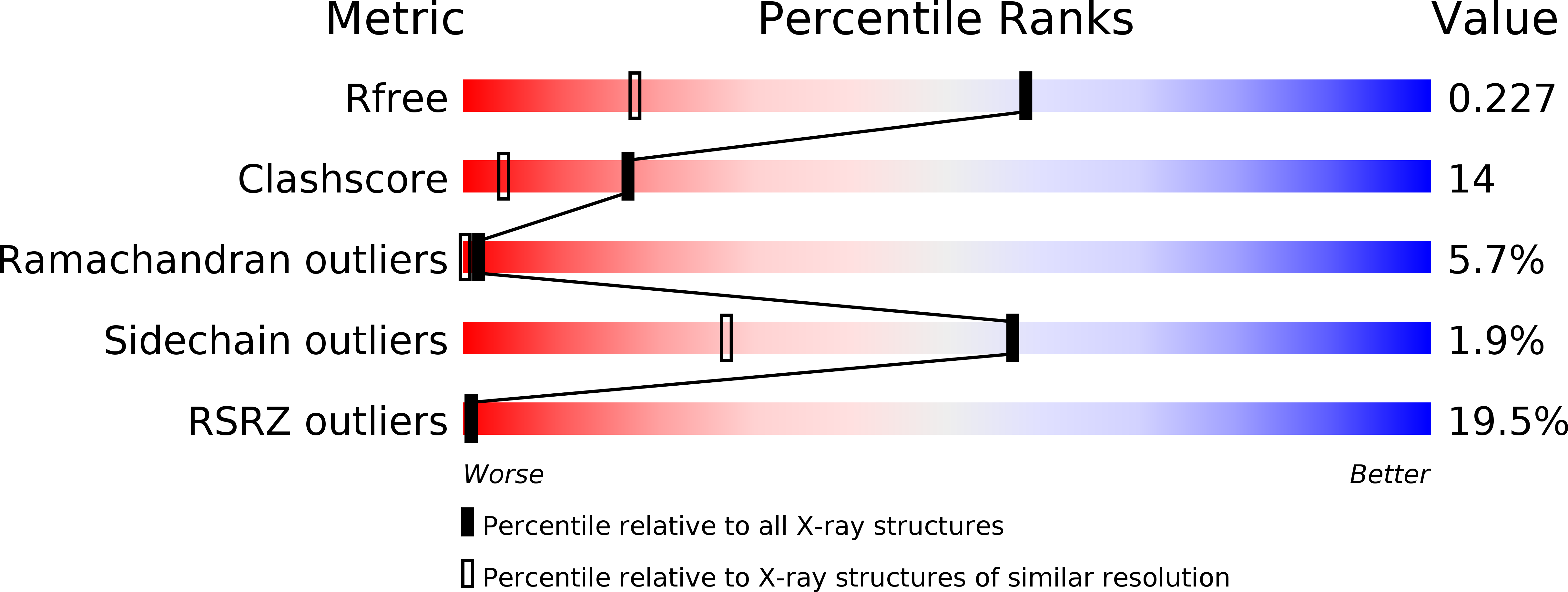
Deposition Date
2005-01-28
Release Date
2005-04-19
Last Version Date
2024-02-14
Entry Detail
PDB ID:
1YP0
Keywords:
Title:
Structure of the steroidogenic factor-1 ligand binding domain bound to phospholipid and a SHP peptide motif
Biological Source:
Source Organism:
Mus musculus (Taxon ID: 10090)
Host Organism:
Method Details:
Experimental Method:
Resolution:
1.50 Å
R-Value Free:
0.23
R-Value Work:
0.22
R-Value Observed:
0.22
Space Group:
P 41 21 2


